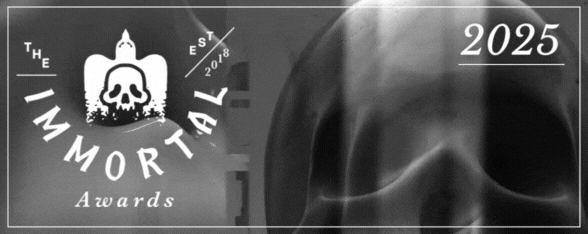
High Five: The Movies That Influenced Every VFX Artist

Special effects are the perfect blend of art and technology. It's amazing to see how both aspects are constantly changing and improving, but every now and then, something comes along that completely revolutionises the way we approach it. It's like the world of special effects takes a sharp turn in a new direction. Here are five of the most important moments in VFX history when everything changed, and new possibilities opened up...
'King Kong'
Production: RKO Radio Pictures
Directors: Merian C. Cooper x Ernest B. Schoedsack
The original 'King Kong' movie from 1933 used stop-motion animation to bring the iconic giant ape to life on screen. Many of us may remember being amazed by the lifelike movement of King Kong, even though the film was made so long ago. Stop-motion animation was a popular technique in early cinema and continues to be appreciated today for its unique visual style and charm. It can be used to create both realistic and fantastical worlds, as showcased in movies like 'Mad Monster Party'. However, it was also used to create realism in all of Ray Harryhausen's films.
'Star Wars'
Production: Lucasfilm Ltd
Director: George Lucas
'Star Wars' hit theatres in 1977, and it was a game-changer for special effects in movies. The opening scene alone, where the massive Star Destroyer flies over the camera, left us in awe. What's impressive is that all the special effects in 'Star Wars' were created using practical techniques, meaning that everything was built and filmed in real life. The spaceships, blasters and even the iconic lightsabers were all physical objects that the actors interacted with on set. But it wasn't just about the physical props and models. The filmmakers also used a technique called 'motion control' to take the action to the next level. This allowed them to precisely control the movement of the camera and other elements in the shot, making the scenes feel more dynamic and immersive. The combination of practical effects and motion control in 'Star Wars' created a cinematic experience that had never been seen before. It was a perfect blend of innovation, creativity and artistry that paved the way for the special effects in movies today.
'Jurassic Park'
Production: Universal Pictures
Director: Steven Spielberg
'Jurassic Park' was released in 1993, it was a groundbreaking moment for special effects in movies. For the first time, we saw incredibly realistic-looking dinosaurs brought to life using computer-generated imagery (CGI). I remember seeing the trailer for the movie and being blown away by how lifelike the dinosaurs looked. It was a huge step forward from the stop-motion animation that had been used in movies like 'King Kong' and 'Clash of the Titans'. Of course, stop-motion animation still has its place in the world of movies, and films like 'Corpse Bride' and 'Pinocchio' continue to use it to great effect. But if you want to achieve a high level of realism, CGI is definitely the way to go.
'Toy Story'
Production: Walt Disney Pictures
Director: John Lassester
'Toy Story' came out in 1995, and it was a pretty big deal. It was the first full-length feature film to be made entirely using CGI, and boy did it deliver! The characters in 'Toy Story' were lovable and relatable, and the story was engaging from start to finish. It proved that CGI wasn't just a tool for creating flashy effects, but could actually be used to tell a story.
'Lord of the Rings: The Two Towers'
Production: New Line Cinema x WingNut Films
Director: Peter Jackson
Gollum in 2002's 'Lord of the Rings: The Two Towers' was a game-changer. He was the first CG character to act and show emotions, thanks to motion capture technology and actor Andy Serkis. Gollum's performance was believable, nuanced, and paved the way for other digital characters. It proved that they could be just as awesome as live-action ones. Gollum's legacy lives on in the many other CG characters that followed him, making him a real star in the film world.












